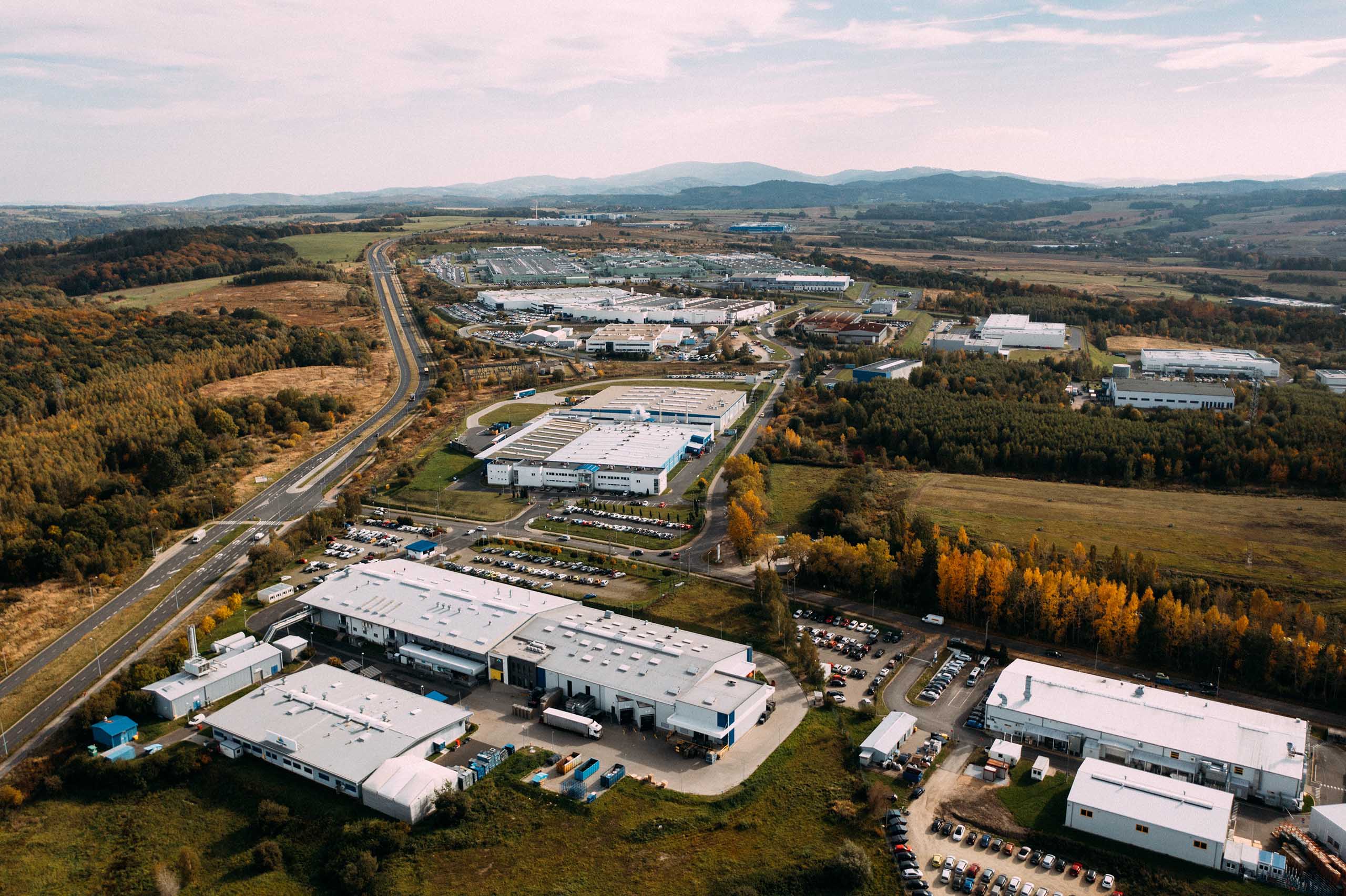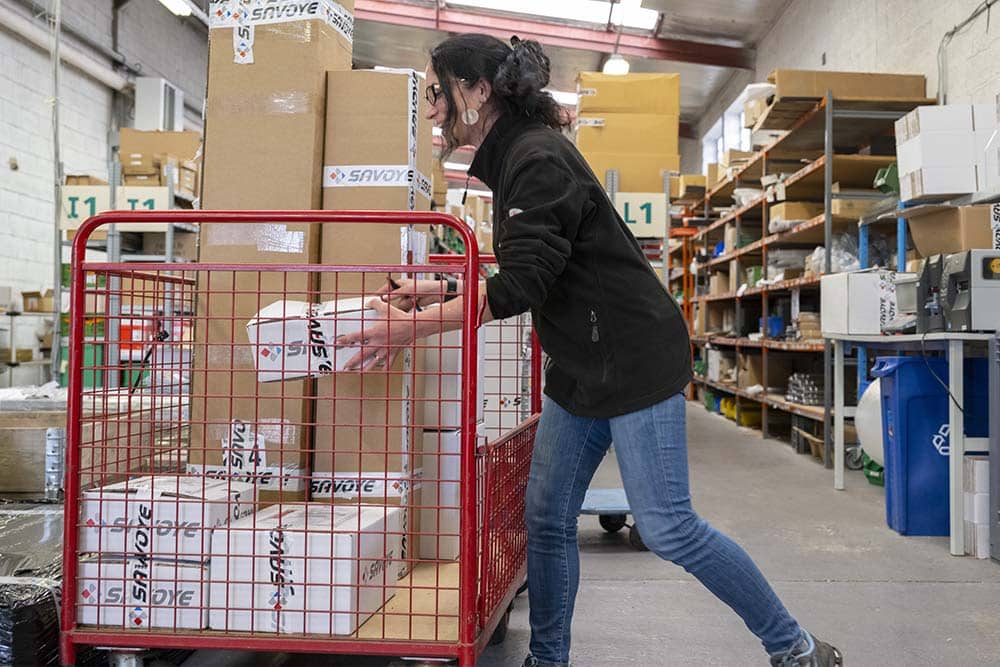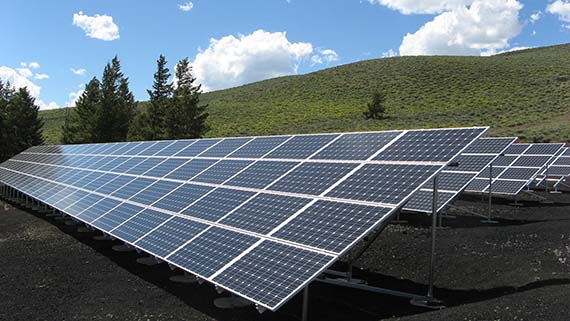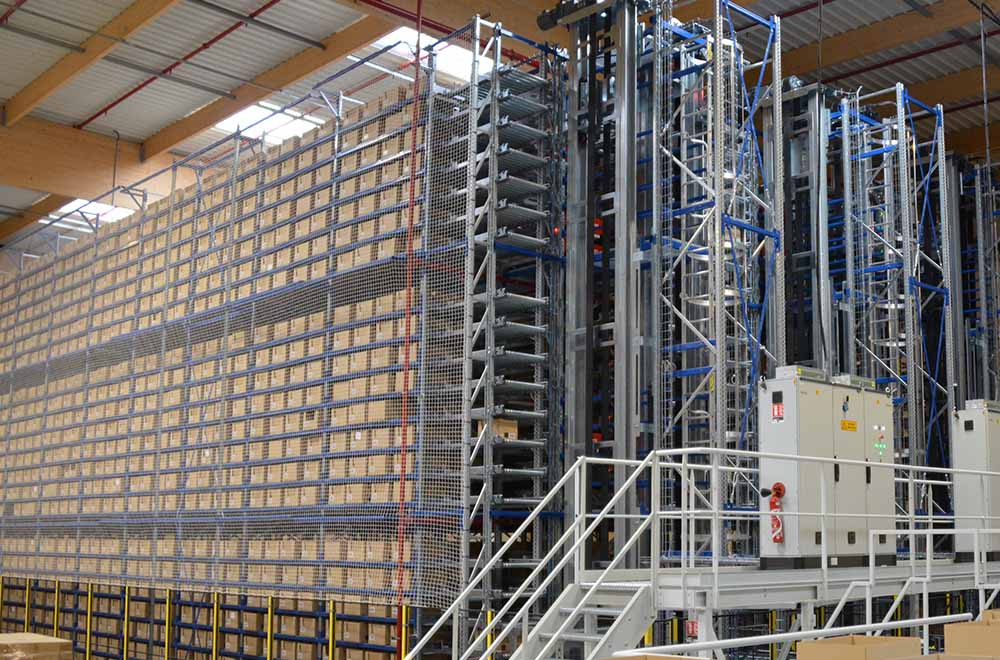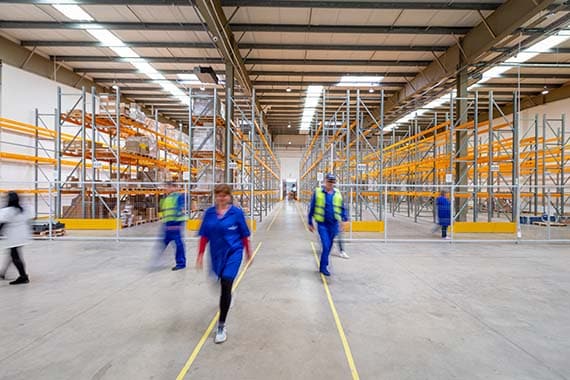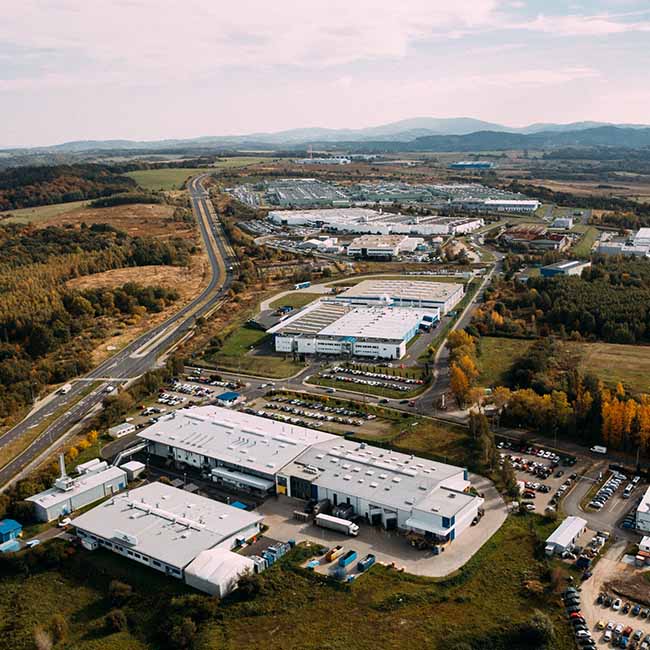How to apply it to logistics?
ESG stands for “Environmental, Social and Governance”, which the European Commission describes as “a concept whereby companies integrate social and environmental concerns in their business operations and in their interaction with their stakeholders on a voluntary basis.”
As a genuine commitment, this policy highlights the role of each company (microbusinesses, SMEs, mid-market companies) in achieving the environmental, social and economic goals of society as a whole. Whatever their size, sector or aims! ESG is for all companies seeking to have a positive impact on sustainable development issues and wishing to inject an ecological and social dimension into their organization’s values. With a scope defined by international standard ISO 26000, ESG focuses on 7 areas for development:
- Governance
- Human rights
- Labor relations and working conditions
- The environment
- Fair operating practices
- Customer/consumer related issues
- The community and local development
The corporate social responsibility (ESG) framework, as defined by standard ISO 26000, can also be more specifically tailored to the issues and challenges of logistics. In this case, it will focus more particularly on areas associated with the physical flow of goods, transport, storage, warehousing, handling and packaging. The CILOG (French interministerial logistics committee) has worked to adapt and enable 5 key topics to be developed:

Source : France logistique x CILOG
Référentiel de responsabilité sociétale des entreprises (RSE) en logistique | Ministères Écologie Énergie Territoires (ecologie.gouv.fr)
We can see that matters relating to decarbonization and, more broadly, ESG goals are no longer optional. Moreover, many large groups now have ESG Departments. Numerous requirements and expectations are mounting up as investors, customers, suppliers, employees and regulatory policies are putting pressure on companies to act.

